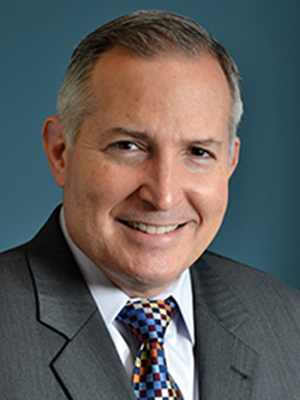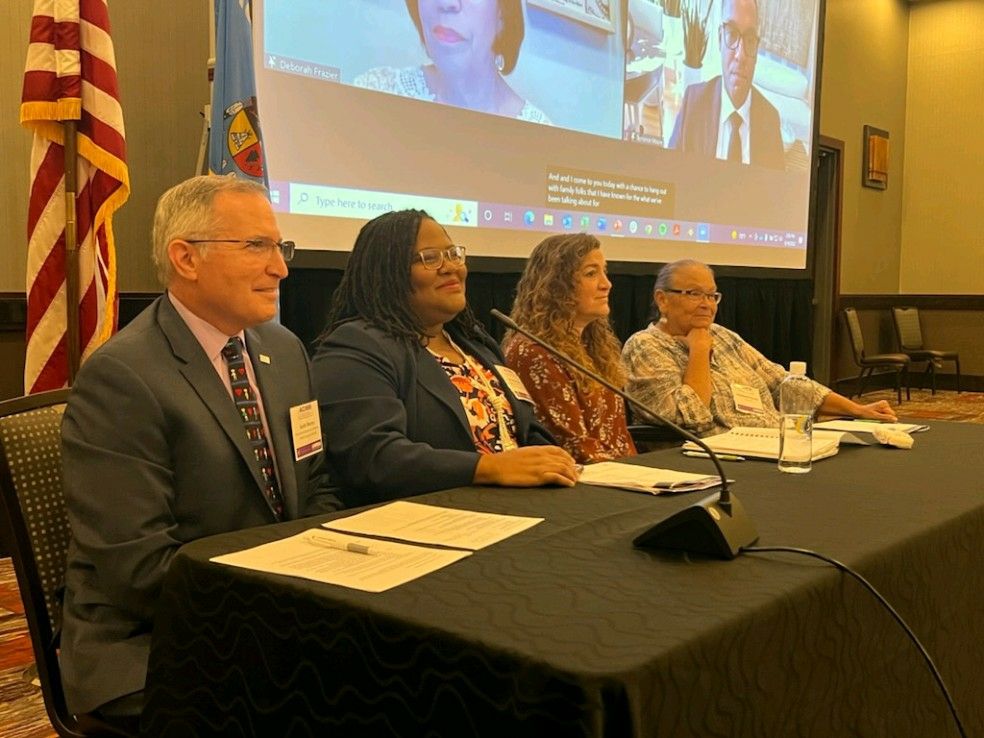Supporting Indigenous Families for Improved Health Outcomes
NOTES ON LANGUAGE: A variety of language is used to describe the people who first inhabited the North American continent before colonizers arrived in the 15th century, continuing through the annexation of Hawai’i in 1898. What vocabulary we use depends on whether we are quoting someone else’s language, talking about legal matters, statistics, or data tracked by the U.S. government, or referring to cultural identity. Read more about our use of language and see our land acknowledgment.

What can we respectfully learn from indigenous cultures that have inhabited North America for thousands of years? Living symbiotically with the environment is a core practice and considering the impact of choices on the seven generations is a conscious way to make decisions. Many tribes are matrilinear and center women as leaders, and gender diversity is valued and protected. Traditional music pulses with drums steady and strong like a rhythmic heartbeat, passionate vocals joining together in unison. The strength of their collective voice is powerful, moving, and representative of the determination of modern-day American Indians and Alaska Natives to thrive despite the long-lasting, harmful impacts of colonialism.
Last September, I had the honor of being invited to the Shakopee Mdewakanton Sioux Community in Prior Lake, MN, to bear witness to the challenges, disparities, and barriers to maternal care that American Indian and Alaska Native women and birthing people face. Sitting in a room with colleagues from NICHQ and others attending the Health and Human Services Advisory Committee on Infant and Maternal Mortality meeting, we heard firsthand about their birthing experience struggles. Numerous women, families, and community members shared their profound stories about how the healthcare system is broken for them and how violence and incarceration have affected them – stories that overlap with the subjugation of African Americans but with unique lasting harms. Hearing a powerful presentation from Dr. Donald Warne, Co-Director of the Johns Hopkins Center for Indigenous Health, about the annihilation of indigenous people was shocking. We learned more about the negative health outcomes caused by the many ways our nation has failed our indigenous people, detailed in the Broken Promises Report from the U.S. Commission on Civil Rights. Even though I knew the data, being on tribal land deepened my understanding beyond the data, and it weighed heavily on me.

Since that pivotal trip, I made a public commitment to do more – on my own and through NICHQ’s work – for indigenous mothers and birthing people, fathers and partners, children, and their caregivers and families. In my equity learning journey, I had thought that I considered all minoritized groups, but my awareness has been magnified so that I more purposefully check in with myself on multiple levels – around our staff, our board, our projects, faculty on projects, and the equity-focused partnerships where we collaborate.
Start at the Beginning
What have you been taught about the native people of this land? If you are like the 40% of Americans who as recently as 2018 believed that “Native Americans no longer exist,” you’ve been misled. It is not a coincidence that at the same time, only 13 percent of state curriculum standards about the history of Native Americans required coverage of events that happened after 1900. A research project, Reclaiming Native Truth, released a report of research findings like these about dominant stories and narratives surrounding indigenous people in the U.S. that shape public opinion and public policy. Additional data points detailed by the project connect a continued invisibility of Native Americans to current disparate health outcomes.
RESOURCES FOR LEARNING
A “first step” I often take in my equity journey is self-education. Reading about the generational impact of racism on health and diving into a collection from the Association of American Medical Colleges (AAMC) are helpful places for public health professionals and the medical community to begin. It’s important to understand the long and damaging generational trauma that U.S. institutions have created with indigenous communities, from the intentional smallpox epidemic to the forced removal of natives from their land to taking native children from their families and forcing their assimilation in boarding schools.
Challenges to Identifying Contributing Factors
From being familiar with CDC statistics, I was aware of the increased rates of maternal death for American Indian/Alaska Native women, but I didn’t understand why until my visit to the Shakopee Mdewakanton Sioux Community, where I heard firsthand about contributing factors to indigenous maternal health disparities. In the JAMA Health Forum publication Indigenous Maternal Health—A Crisis Demanding Attention, Indigenous researcher Katy B. Kozhimannil, PhD, MPA, named the following challenges to identifying contributing factors:
- Policy discussions on maternal health often don’t include community-based indigenous voices.
- Access to local and culturally centered services and supports are limited – many Indian Health Service (IHS) facilities don’t provide obstetric care, forcing many to find care elsewhere.
- The pregnancy and childcare workforce fail to reflect patient demographics, particularly for Indigenous people. This can span numerous touchpoints in a patient’s experience, including physicians, midwives, nurses, social workers, mental health counselors, lactation consultants, doulas, etc.
- Data reporting is inconsistent – even in CDC maternal mortality data, data on Indigenous women were not separately described.
- Intimate partner violence disproportionately affects rural and Indigenous women yet is rarely addressed in maternal mortality programs.
Clinicians and public health professionals can advocate on many levels and in countless settings to improve data collection, policy, and access to culturally centered services – it’s up to each of us to act where we can.
HEALTH DISPARITIES & AI/AN COMMUNITIES
• American Indian/Alaska Native women are more than twice as likely to die from pregnancy-related causes than white women
• American Indian/Alaska Native infants die at nearly twice the rate of white babies
• American Indian/Alaska Native mothers were almost three times as likely to receive late or no prenatal care as compared to white mothers
Fast forward to last December. I was excited to join a meeting with a group of state health leaders about recommendations to reduce maternal and infant mortality. They were discussing their planned work around equity and how they could potentially collaborate. Fresh off the motivating gathering in September, I shared about my experience in Prior Lake and suggested they consider doing something around equity in the context of the American Indian/Alaska Native community. I described the themes from a report to the Secretary of HHS, and they fairly quickly honed in on and got excited about the opportunity to improve data collection as a strategy to reduce maternal and infant mortality. The group detailed the challenges they experienced with data collection and indigenous populations – because of the range of identifiers and limited options offered by the government, indigenous folks are often miscategorized or categorized as “other.” My reflexive inner thoughts were, I’m walking the talk, being an ambassador for the action-oriented report.
This sense of responsibility was soon shaken, and I am better for it. A few weeks later, as a follow-up to the meeting in Prior Lake, I found myself on an introductory call with a key advocacy organization for American Indian and Alaska Native people. I was being very purposeful with the interaction, listening intently as my hope was to begin to earn some trust and build this relationship for potential partnership efforts. I told the group about the meeting that I recently attended with state health leaders who were discussing their equity plans and the way I lifted up equity work with indigenous communities, expecting an enthusiastic response from our hopefully new partners.
She smiled, a sign I struck a positive chord, but her reply surprised me: “Were there any American Indian or Alaska Native people in that room?” I said I didn’t think so.
“Why didn’t you make that observation and share that with the group?” she pointedly asked.
I felt discomfort rush in, and at first, struggled to sit with it. “I wanted to help,” I said. “I thought I could be an ambassador for the recommendations in that historic report when I’m in these types of meetings or I’m on a committee of some large public health organization.”
She said, “Well, here’s the most important way you could have been an ambassador: You could have asked why there weren’t any American Indian or Alaska Native people in the room. You could have asked that there should be before making any decisions as a group of what to do to help the American Indian and Alaska Native people.”
RESOURCES TO REDUCE MM/IM
CDC’s Division of Reproductive Health Hear Her campaign supports their efforts to prevent pregnancy-related deaths by sharing potentially life-saving messages about urgent warning signs. As the campaign shares, people know their own bodies better than anyone and can often tell when something does not feel right. The campaign seeks to encourage partners, friends, family, coworkers, and providers — anyone who supports pregnant and postpartum women and birthing people — to really listen when they tell you something doesn’t feel right. Acting quickly could help save lives.
• Hear Her – Resources for American Indian and Alaska Native People
• Hear Her Campaign video
• Hear Personal Stories
The metaphorical lightbulb powered on. I realized the group of state health leaders was perceiving the need from their perspective without hearing from American Indian or Alaska native families. Would tribal communities in these states say data collection is their biggest barrier to reducing maternal and infant mortality? That’s not what I heard firsthand. Instead of deciding for another group what is best, listen to them. This requires their presence and engagement. It requires people like me to relinquish power. What this story shows is that my learning journey is ongoing and evolving, and I deeply thank everyone who continues to contribute to it.
Strategies to Support Indigenous Families
Translating intentions into impactful actions is hard work, and we can’t let the fear of making mistakes keep us from acting. Each leader and organization should consider how and where they may be able to help catalyze change, and here are three recommendations to start.
1. Bring your understanding and education (and ultimately your actions) into alignment with your eagerness to help.
Are you self-educated about accurate cultural differences and how it impacts healthcare service delivery for different communities? Do you know anything about the original inhabitants of the land where you work and live – and what happened to their descendants? You can keep this top-of-mind by working to consistently incorporate land acknowledgments in your meetings.
2. Take steps to facilitate genuine relationships with tribal communities.
This looks different depending on the work to be done, but it all starts with respect. Acknowledge the years of earned mistrust of Western institutions, systems, and offers of “help.” Avoid the tendency of goodwill and momentum to rush in and be a savior; instead, show up consistently and ask what is needed from you. Be willing to give up power.
3. Make space at the table – in all senses.
Indigenous mothers and birthing people, fathers, partners, caregivers, and families, can speak for themselves. So, make sure seats are available – and filled – on your projects, your teams, your boards. Many projects within the MCH field have steering committees, and all should have family representation. When I think about justice, equity, diversity, and inclusion with regard to our committees, our faculty experts, or even in our improvement advisors, I have begun to ask the question: Are there people from American Indian and Alaska Native communities here?
We have a lot of work to do in maternal and child health to center populations who have been systematically minoritized and deliberately erased for centuries. It requires some stepping back, acknowledgment of multiple solutions, and deference to non-Western systems. I personally will measure success by the involvement of indigenous families and leaders from the beginning, most appropriately creating solutions for their own communities. This is all part of my personal equity journey, and NICHQ’s as well – understanding that if we’re really going to tackle health equity, we need to look at racial equity as a critical component of health equity. Equity encompasses all – no one can be forgotten.
